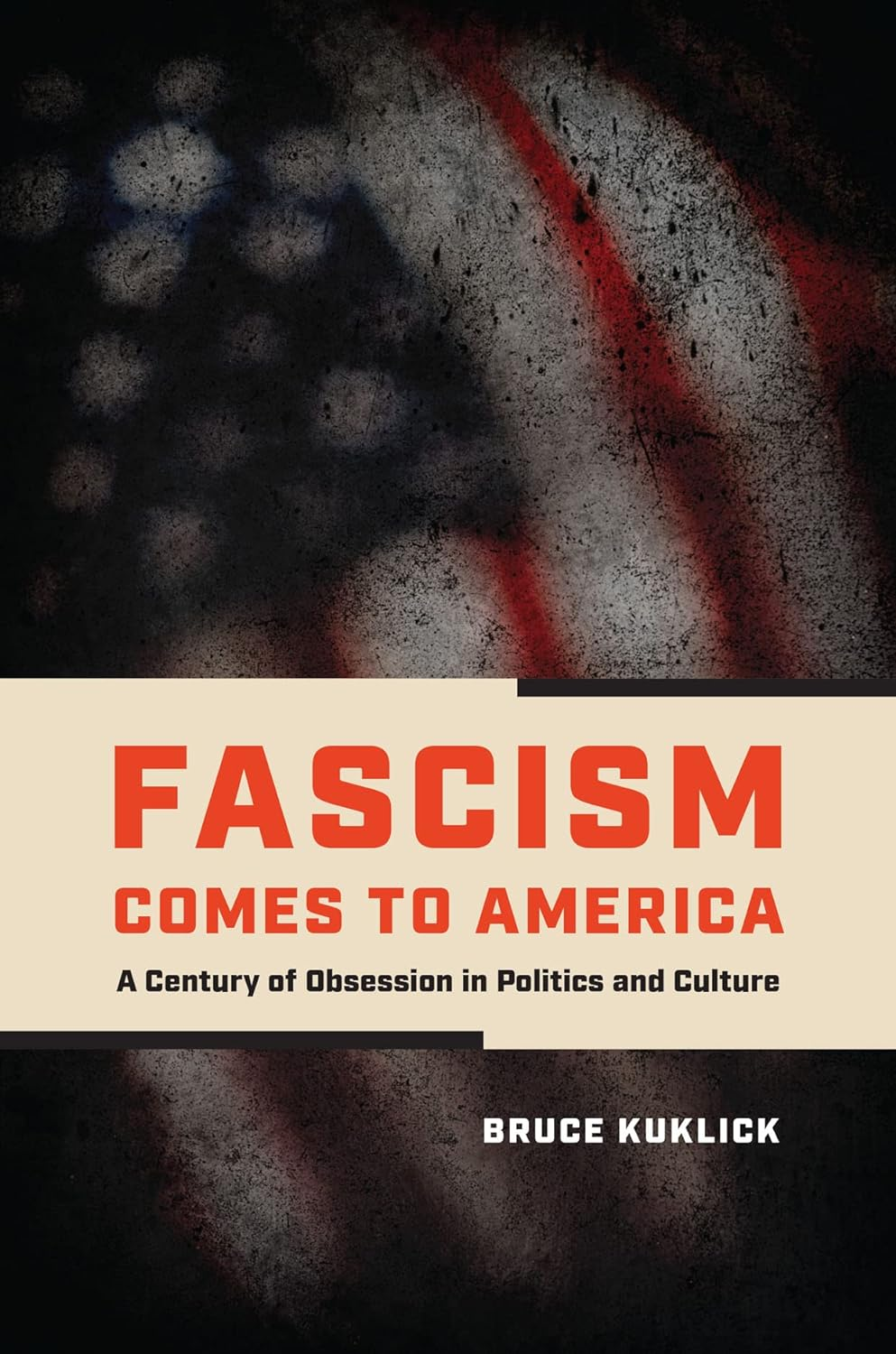“Fascism,” Kuklick’s exhaustive survey of U.S. politics and culture shows, has generally functioned as a so-called floating signifier. In the words of the anthropologist Claude Lévi-Strauss, who originated the phrase, a floating signifier is a term “void of meaning and thus apt to receive any meaning.” At one point or another, every political perspective in the United States has been identified as fascist. In the last two decades alone, Jonah Goldberg railed against “liberal fascism” as Chris Hedges dubbed the “Christian Right” “American fascists.” Dinesh D’Souza claimed that Hillary Clinton was fascist; Paul Krugman said the same about Trump. And even fringe ideologies weren’t safe: Sebastian Gorka linked socialism with fascism, while Nouriel Roubini made similar claims about libertarianism.
The one consistent quality the term “fascism” has retained since the 1930s is its negative valence. Almost no one uses it positively; instead, to borrow Kuklick’s acid description, the term is the verbal equivalent of “throwing a tomato at a speaker at a public event.” “Fascism,” Kuklick shows, “does not so much isolate a thing as it does some stigmatizing.” Indeed, fascism’s power in American discourse comes from the fact that it has no stable meaning—it’s mostly an all-purpose curse word, a highfalutin “fuck this”—which means that the fascism debate, as currently constructed, can never end.
The term “fascism” first entered popular discourse in 1921, when Italian dictator Benito Mussolini christened his political party the National Fascist Party. Mussolini employed the word, which derives from the Italian fascio, meaning “bundle,” for two reasons. First, it signified his conviction that the Italian people were stronger when individuals acted as a coherent unit. Second, it referenced the Roman “fasces,” a bundle of rods ancient magistrates used to symbolize their strength and, if necessary, to flog wrongdoers. With this one word, Mussolini displayed both the promise and threat of his movement.
Initially, some American intellectuals were intrigued by the romance of Italian fascism. One prominent example was Herbert Croly—a founder of The New Republic—who saw in fascism a potential means to rescue a Progressivism that by the 1920s was in steep decline. Croly insisted that Mussolini’s vibrant movement rhymed with American-style Progressivism: Both fascism and Progressivism emphasized “supraindividual obligations” to people and nation over parochial individualistic ones and fetishized pragmatic politics. Mussolini, in fact, even listed the pragmatist philosopher William James, a lodestone for Progressives, as a primary influence. To thinkers like Croly, these similarities suggested that fascists might have something to teach Americans.
“Fascism” only became a dirty word in American discourse in the 1930s, as Mussolini’s Italy became increasingly associated with Adolf Hitler’s Germany. As they had admired Mussolini, some Americans initially admired Hitler for his seeming ability to reinvigorate German society through the establishment of programs like “Strength Through Joy,” which encouraged internal tourism. But by the mid-1930s the luster began to come off both Nazism and Italian fascism. In 1934, Hitler violently purged his own ranks in the infamous Night of the Long Knives. A year later, the German dictator passed the Nuremberg Laws while the Italian one invaded Ethiopia; a year after that, Germany seized the Rhineland, and Hitler and Mussolini united to form the Rome-Berlin Axis.
